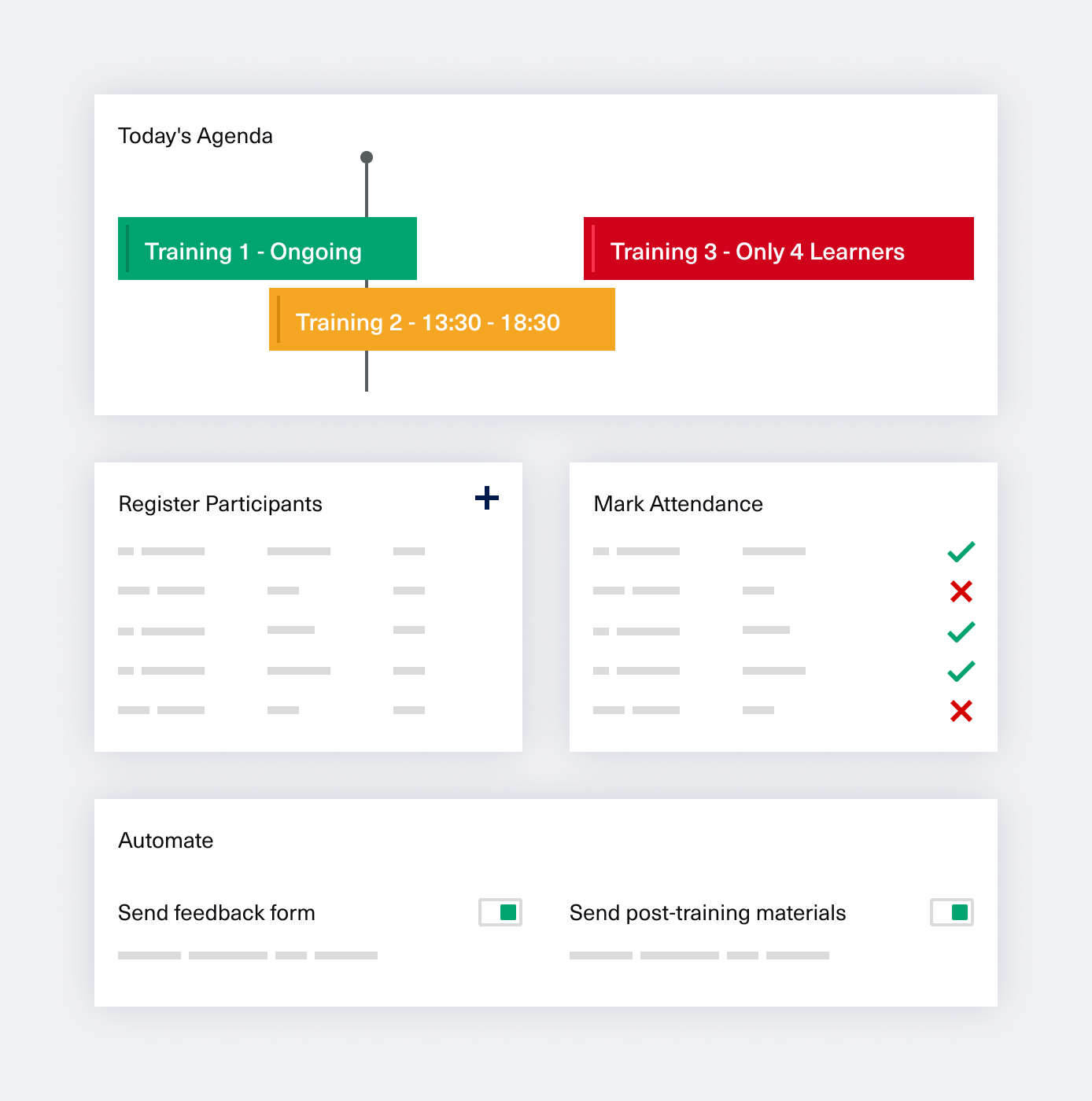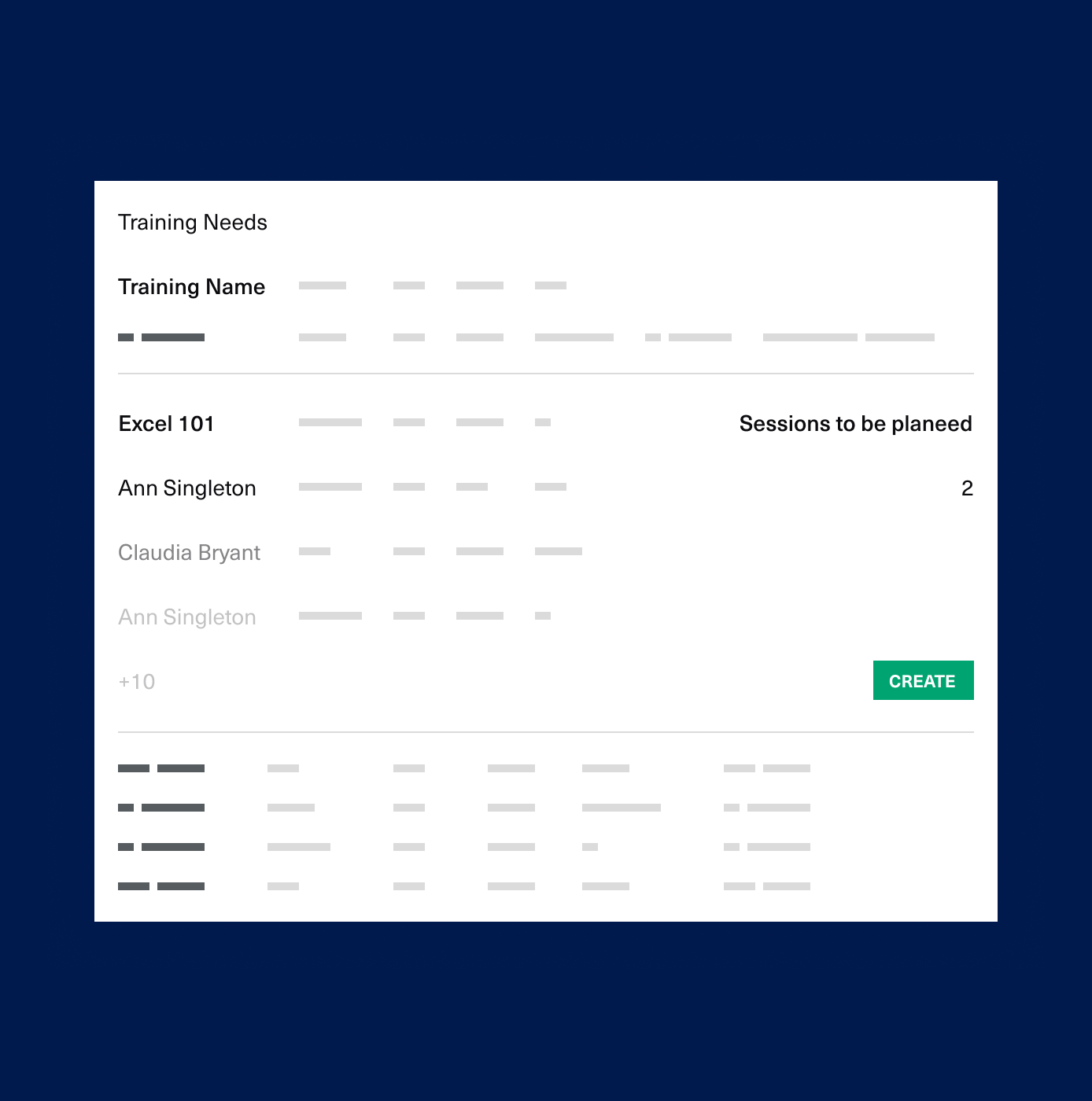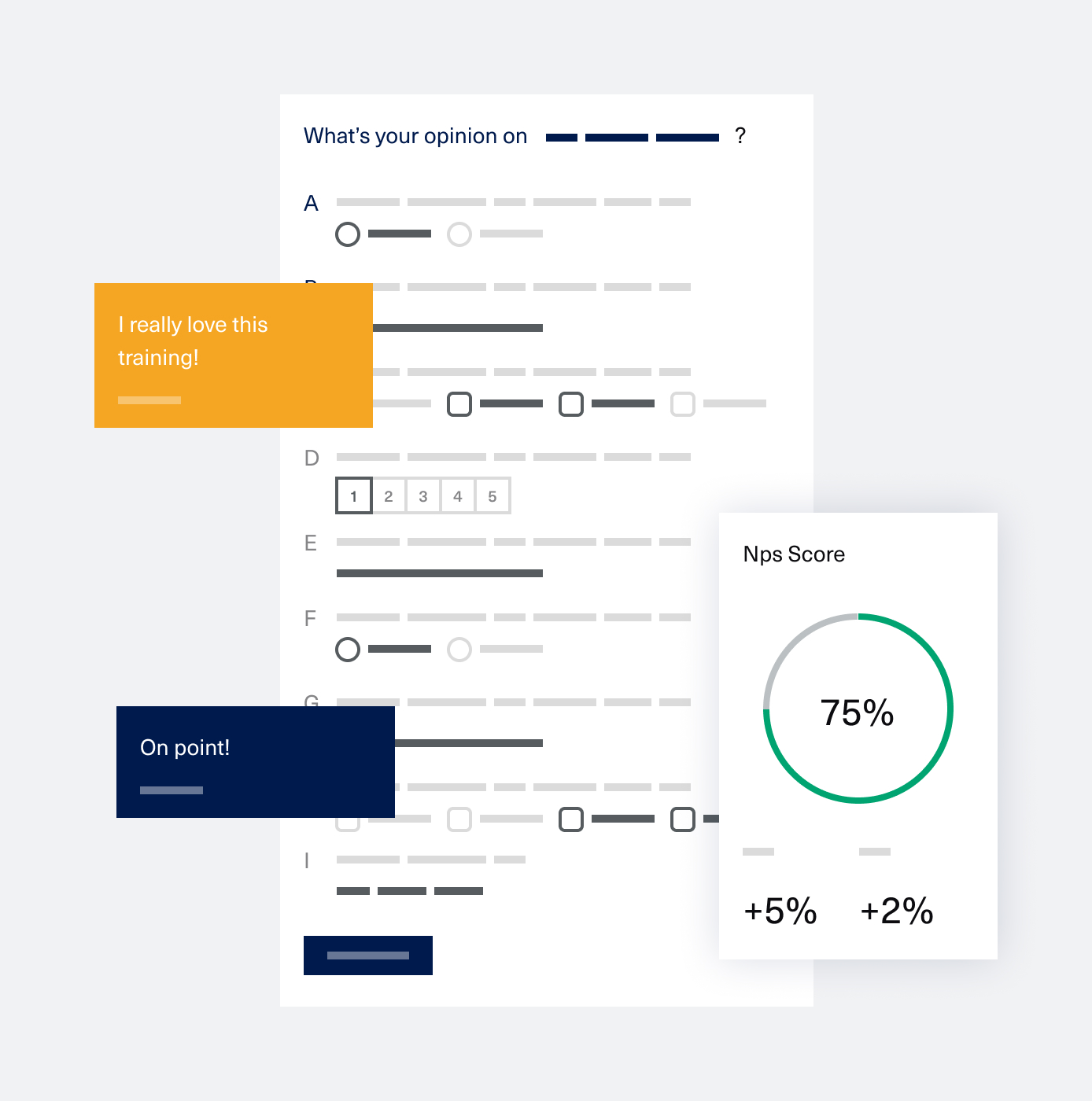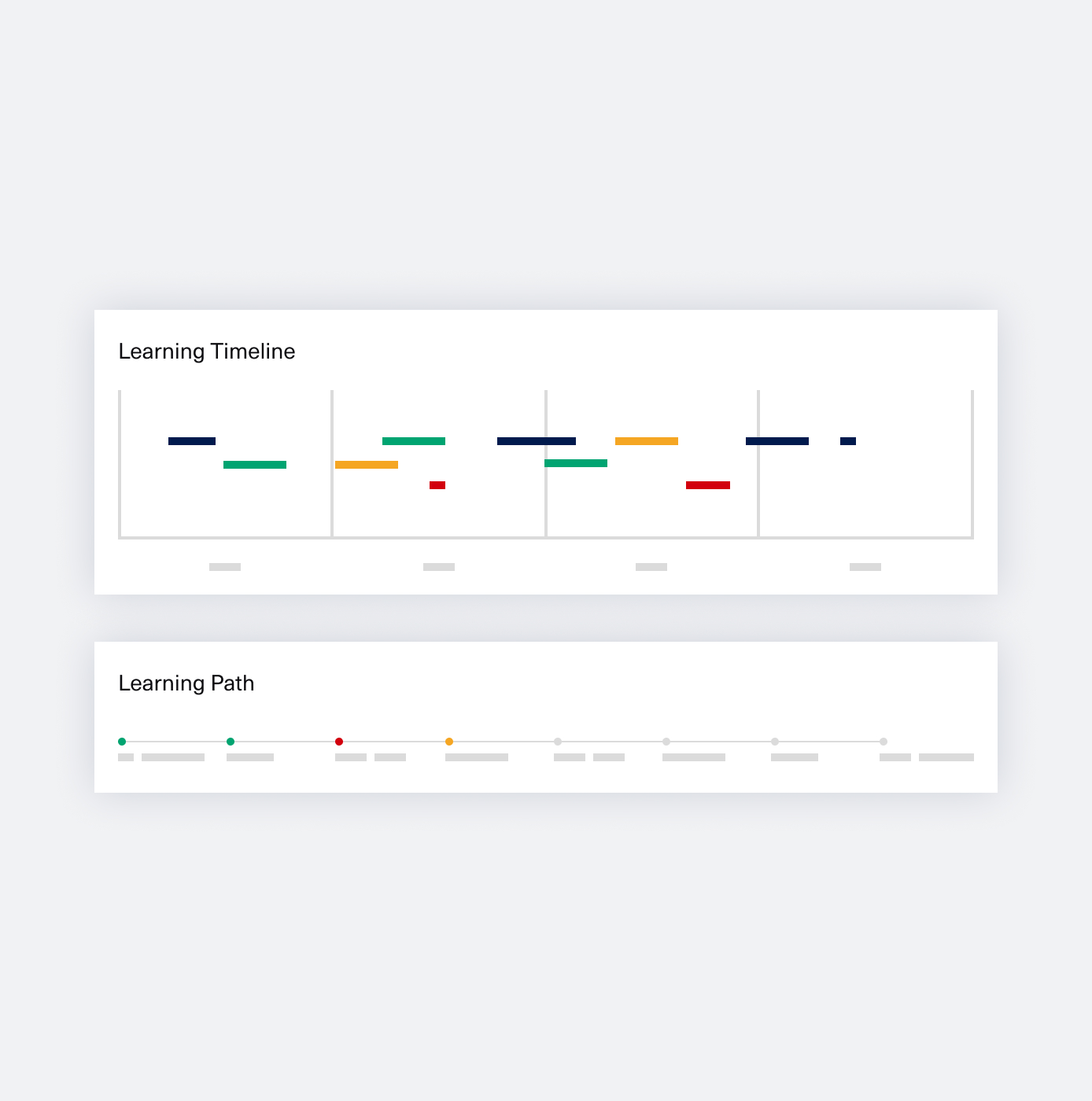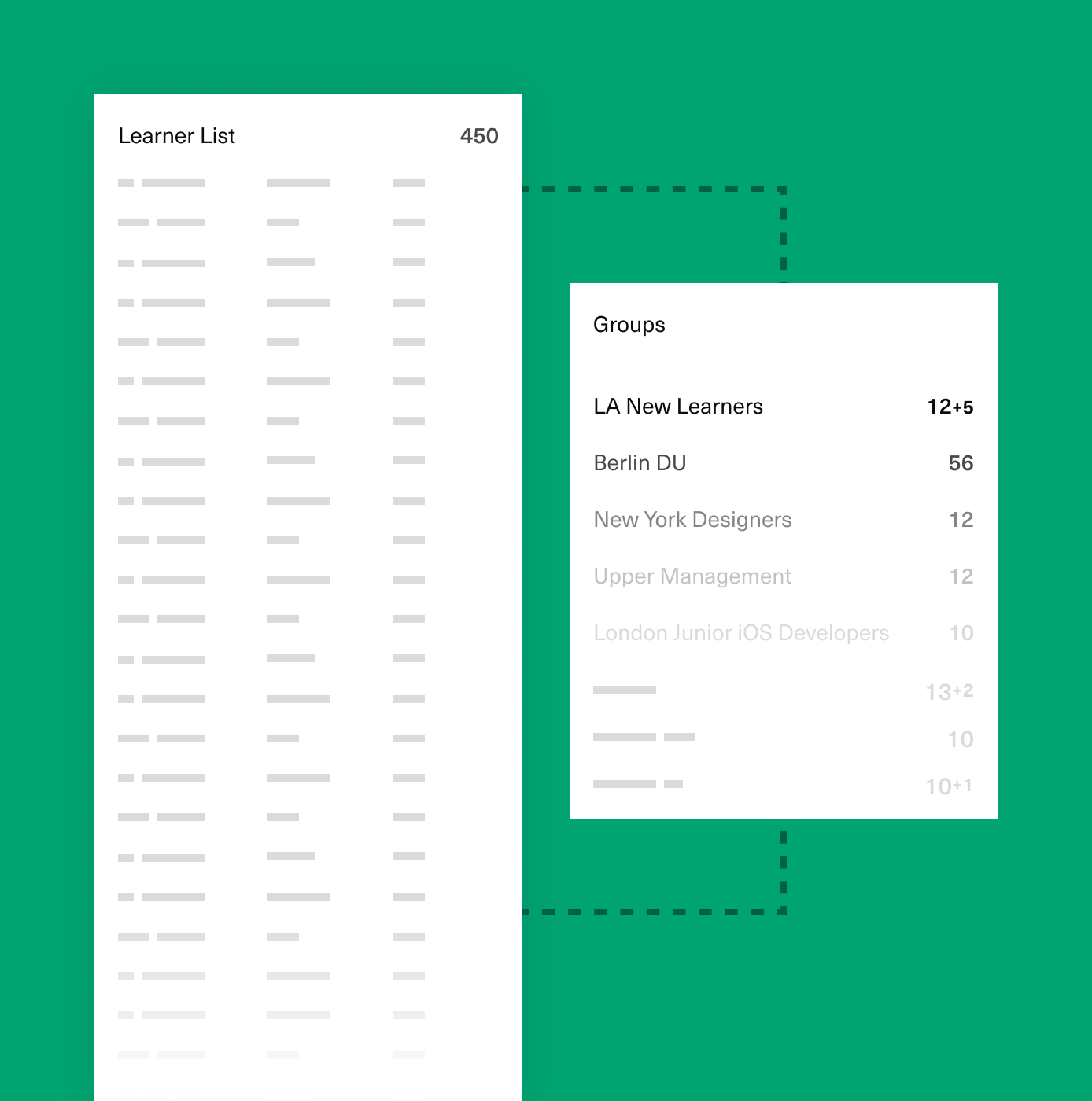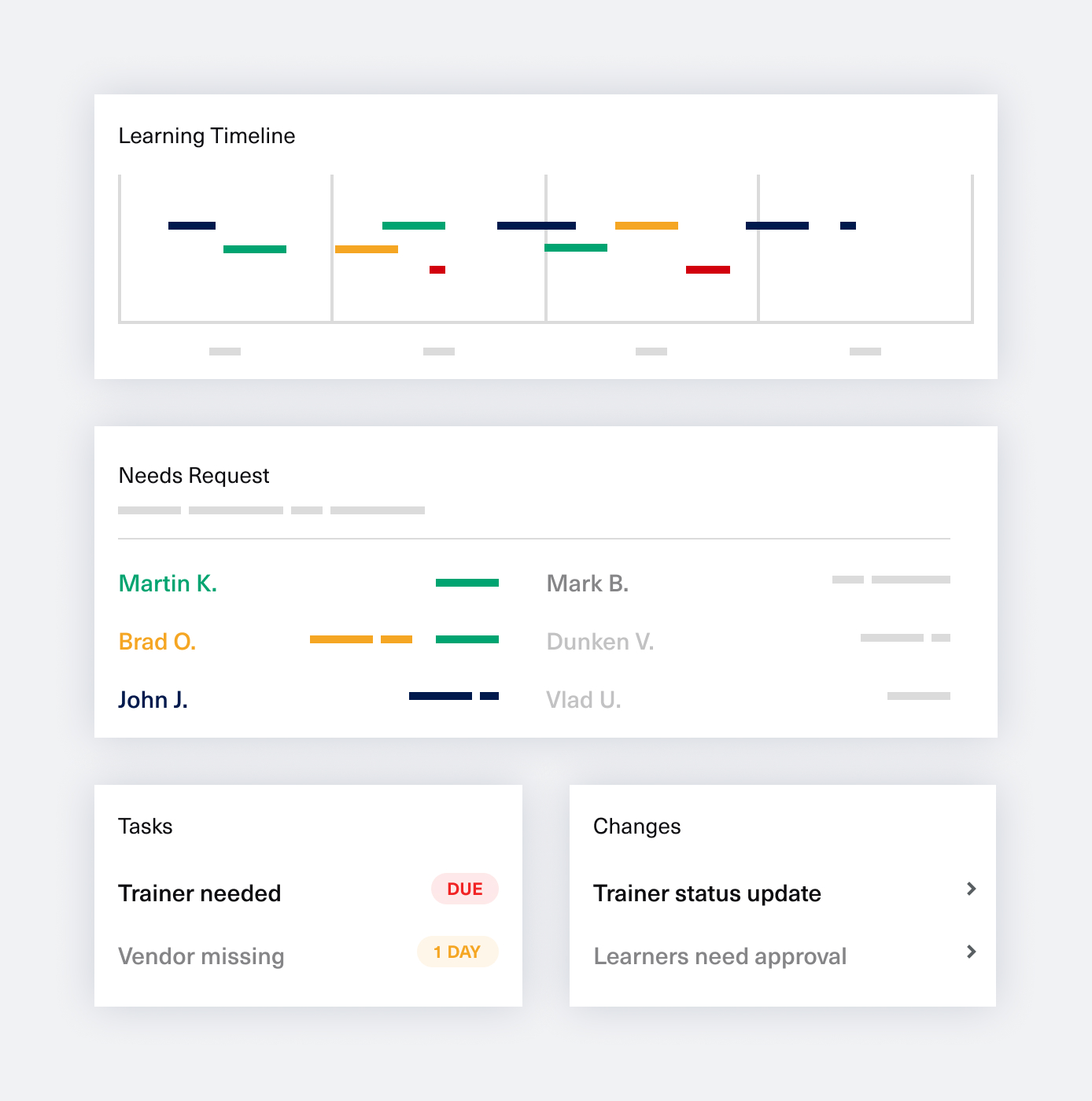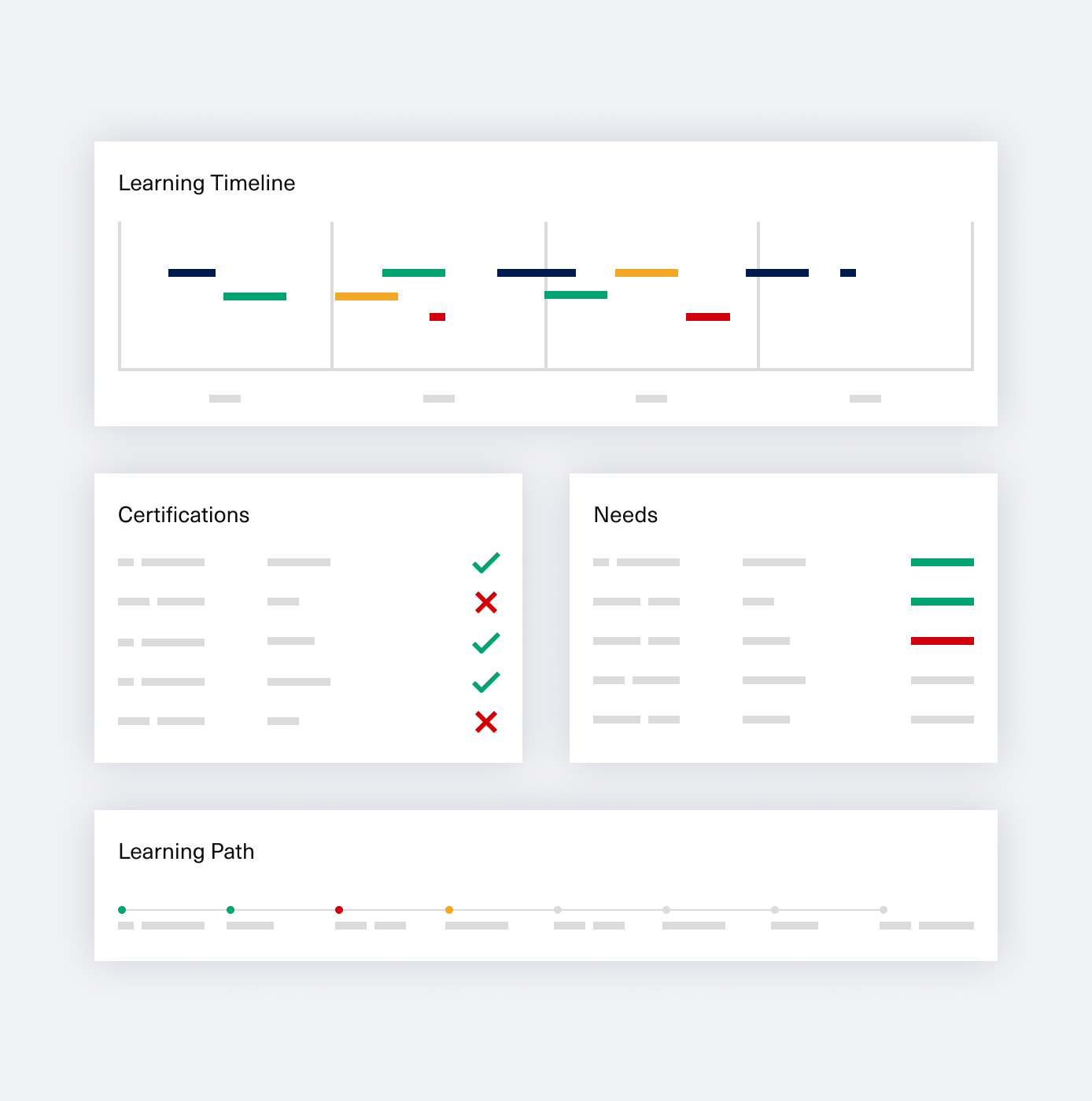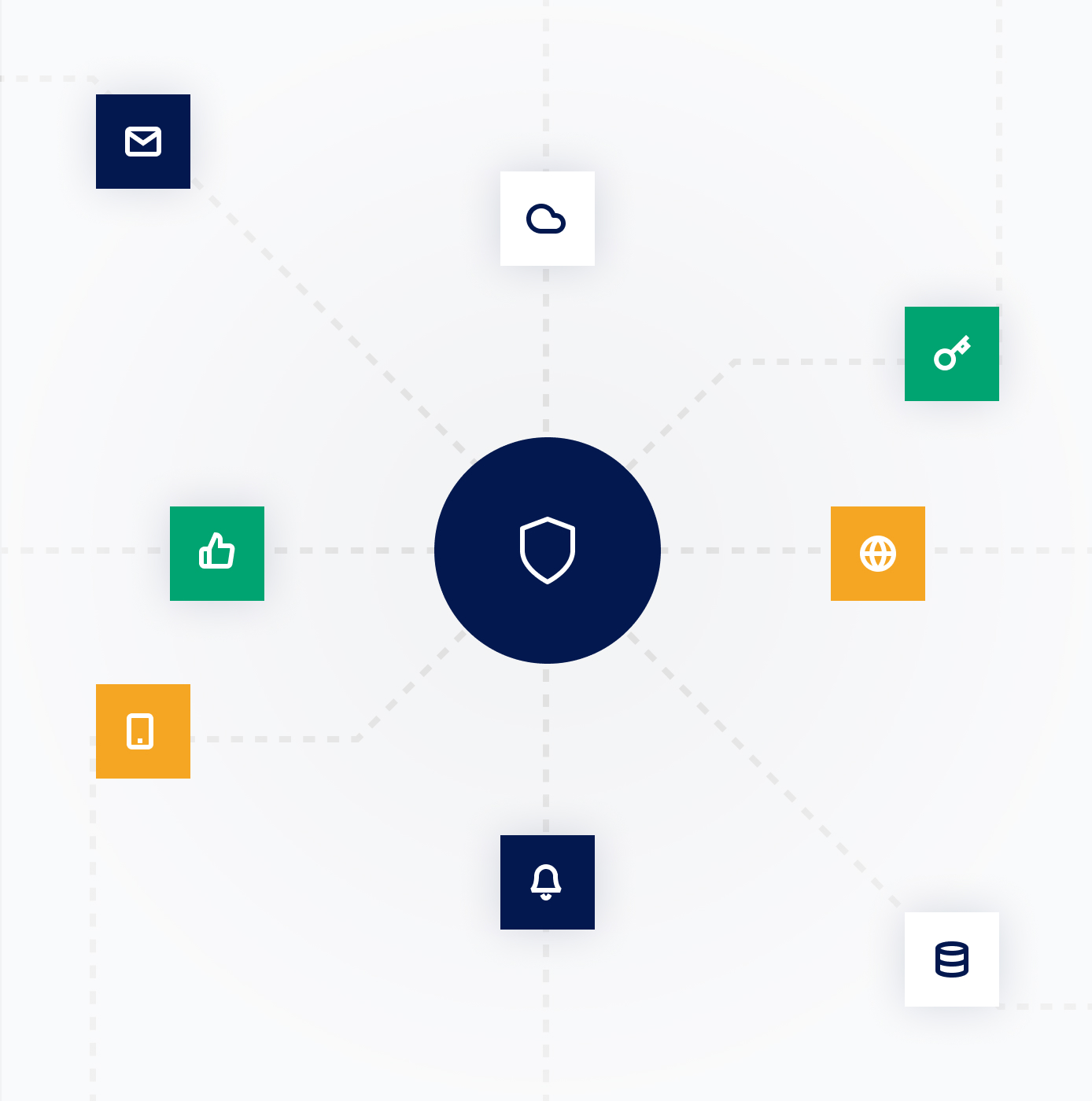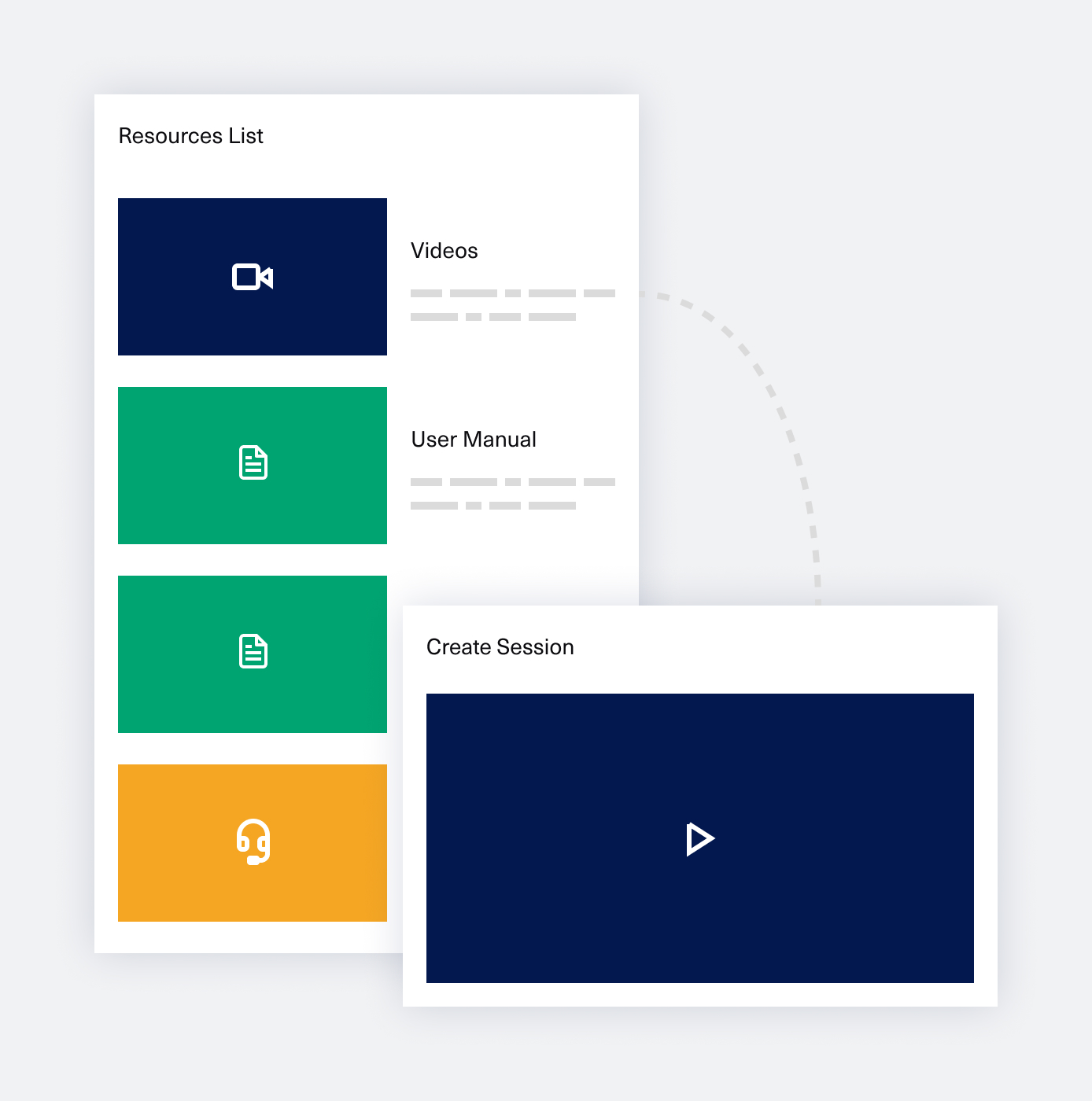Highlights:
* The initial research done by SMEs points out precisely what knowledge gaps there are and where colleagues need the most support in an unbiased manner.
* SMEs should avoid one-time events and instead create a learning experience that relies on spaced repetition.
* Learning experiences based on real-life practice allow learners to spot their knowledge gaps and come back with questions. This behavior informs the SME on what concepts to reinforce in future learning interventions.
* Creating an effective learning experience takes a long time and significant work, so SMEs could be tempted to create one-time events and then stop; checking in with colleagues and seeing their progress can help SMEs stay motivated.
* To create practical soft-skills learning experiences (which are more challenging to measure than hard-skills learning experiences), that initial research is essential, as it helps precisely define the expected business outcomes and behavior changes.
* Not all business problems can be solved through learning interventions – this is a frequent misalignment of expectations that L&D teams face. SMEs are best equipped to spot the difference, more so than managers or other people from the business.
Steps to create an effective Learning Experience:
1. Do the initial research to understand your learners and design an experience with business goals in mind.
2. Identify those solutions for your colleagues’ challenges that require learning new skills or acquiring knowledge.
3. Create a list of concepts relevant to the Jobs To Be Done, which you put in a logical order.
4. Start with basic concepts and add more complexity as you progress.
5. Use data to understand the impact of the learning experience:
a. the first layer of data is feedback or engagement – this can be misleading because of the initial excitement of attending. Therefore you need to dig deeper.
b. a second layer of data is found by re-doing the initial research and checking those business KPIs that link directly with the new knowledge acquired.
6. Look for behavior changes and improvement of results with a measurable impact on the business.
SMEs’ accountability to their peers:
A. In the short term, SMEs should adopt a Beginner’s Mindset and put themselves in their colleagues’ shoes to make sure they truly understand their knowledge gaps.
B. In the long term, SMEs should check in with their peers and see if they need additional support to ensure they achieve their goal of sharing their knowledge.














